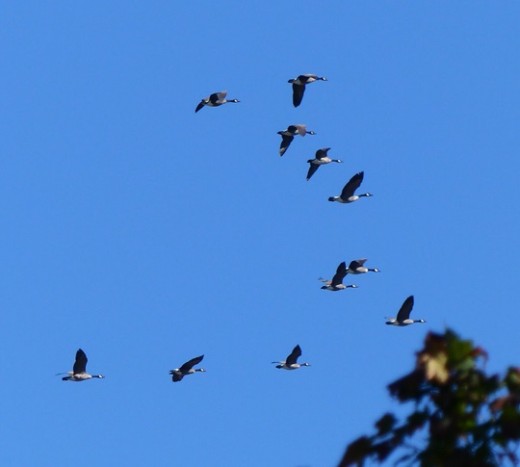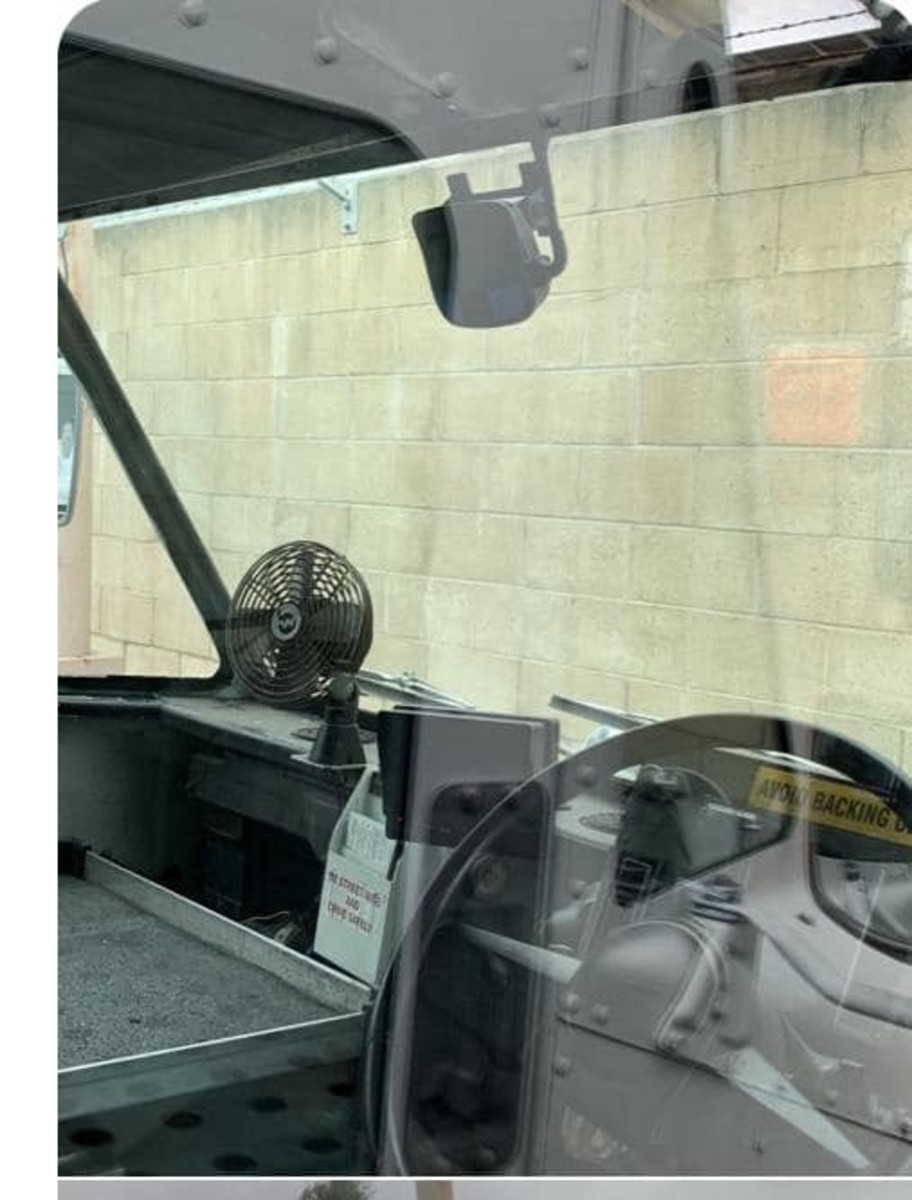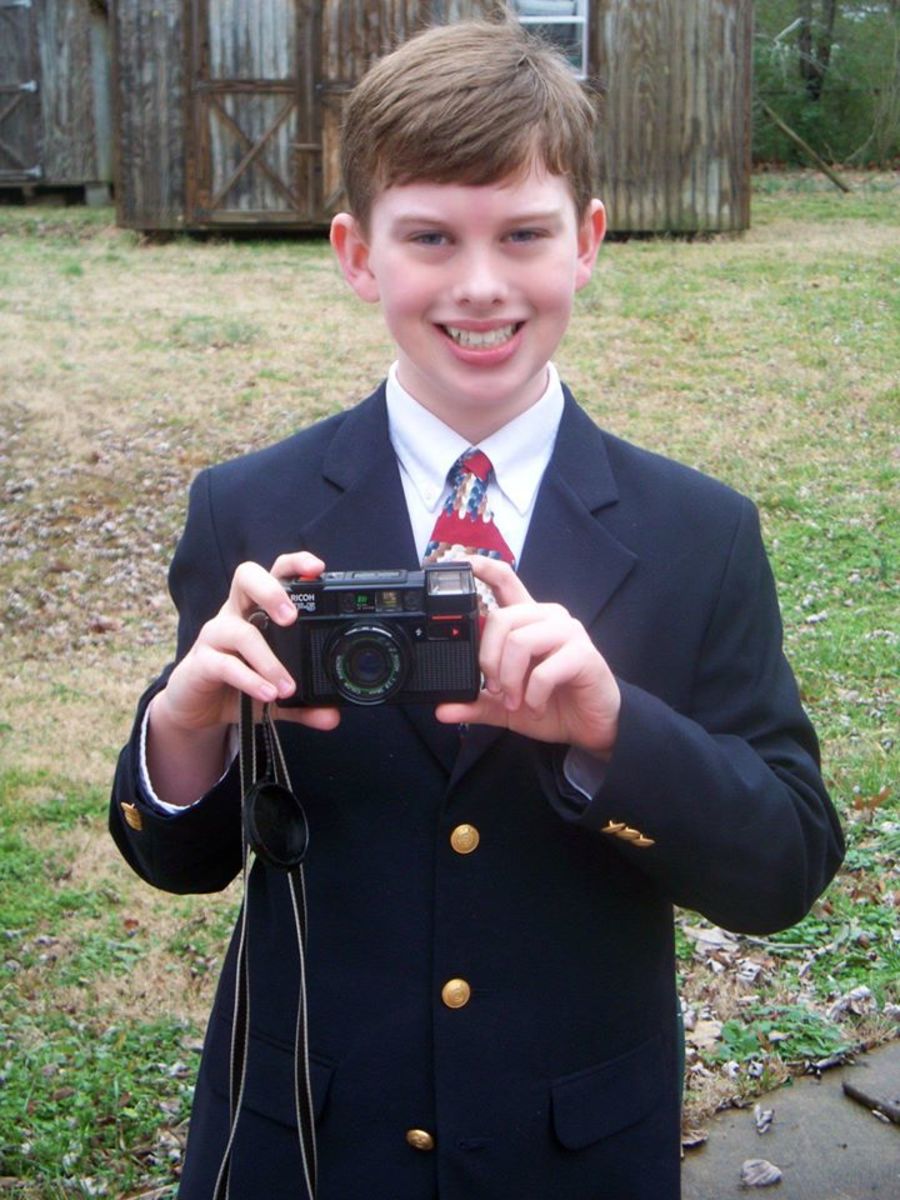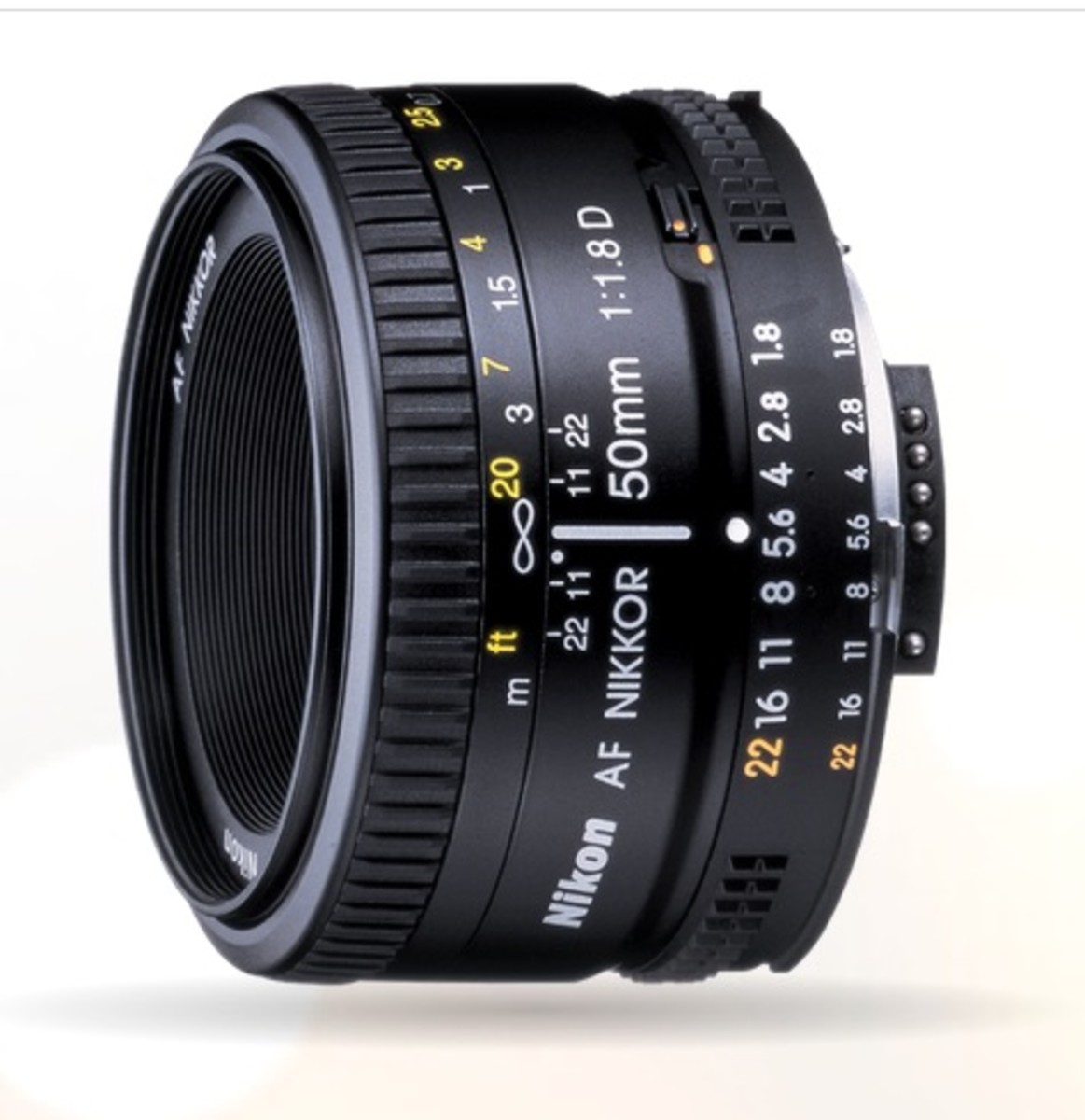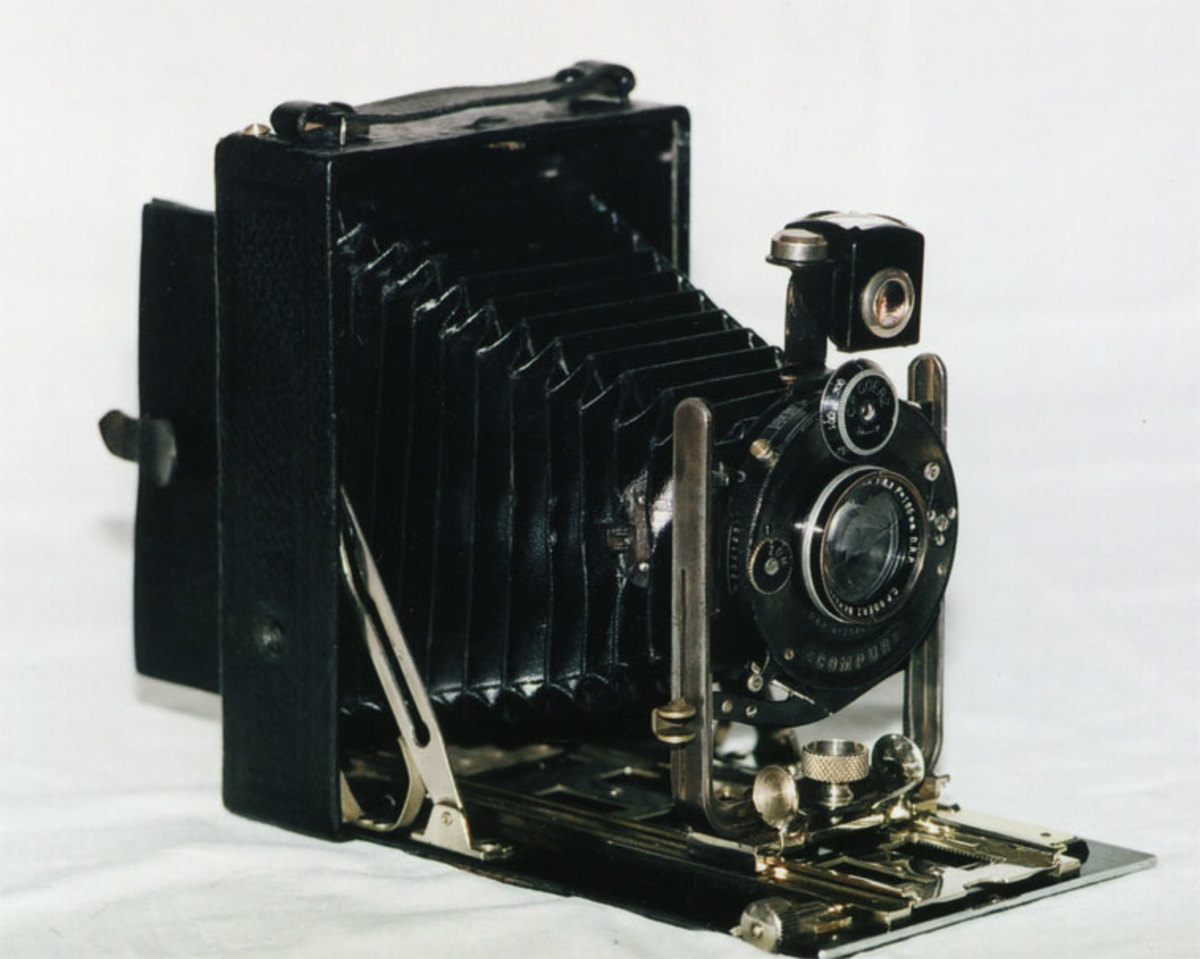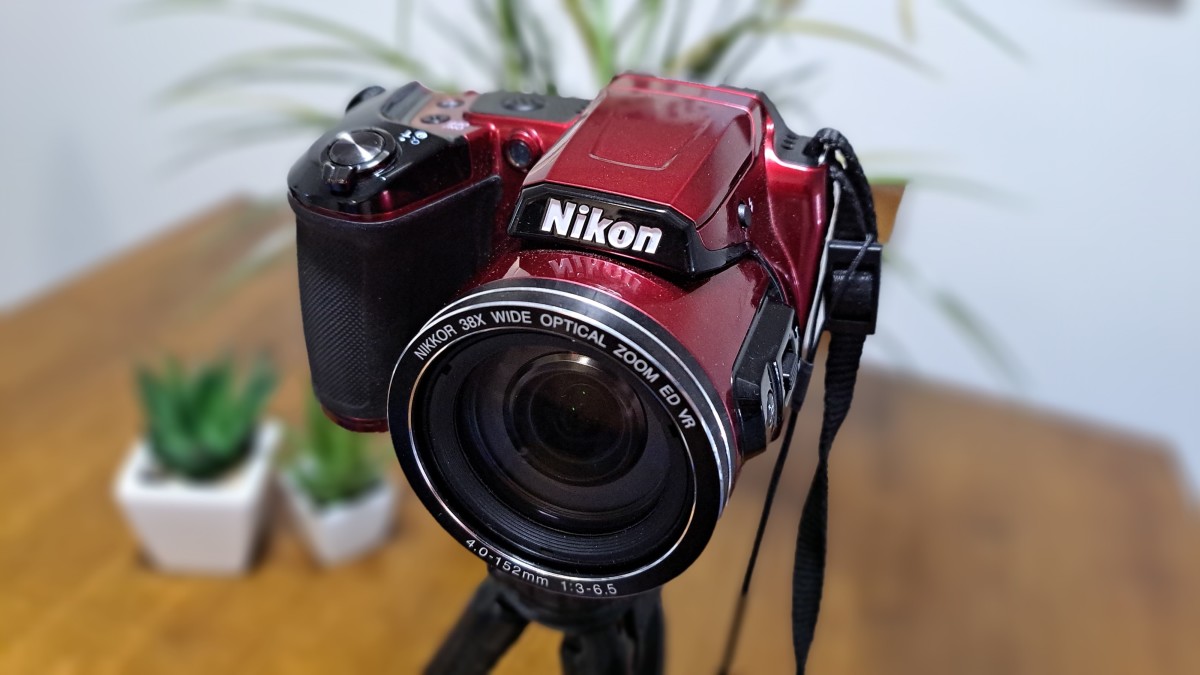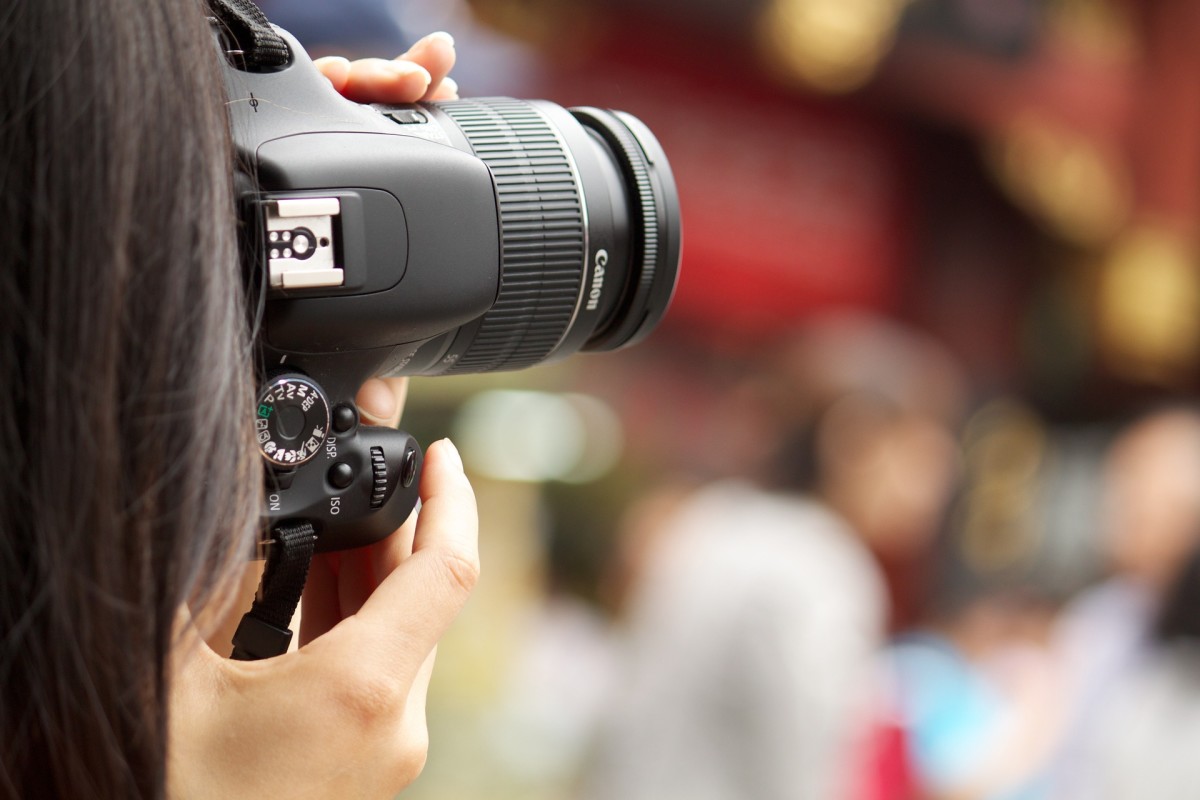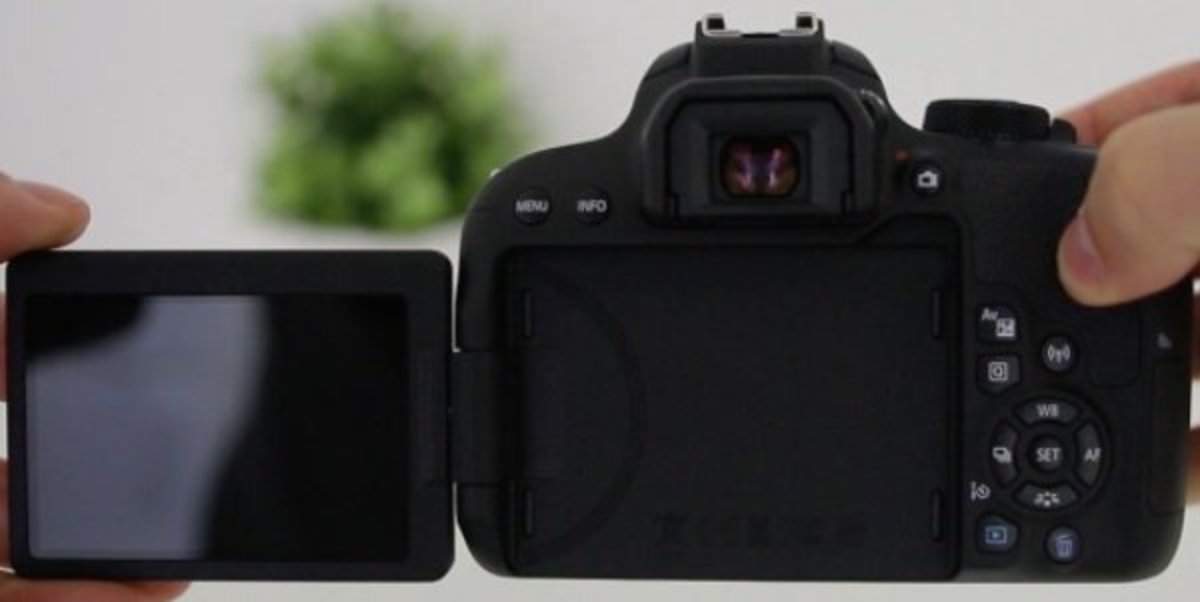- HubPages»
- Technology»
- Consumer Electronics & Personal Gadgets»
- Portable Electronics
Review: Panasonic Lumix FZ200 Camera
Panasonic DMC Lumix FZ200
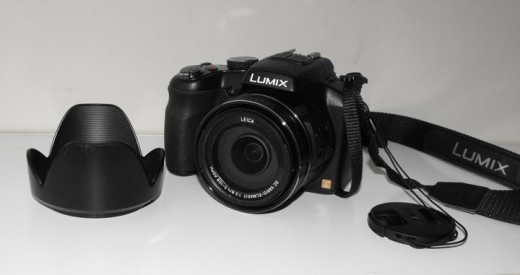
Special effects with a closeup, YES!
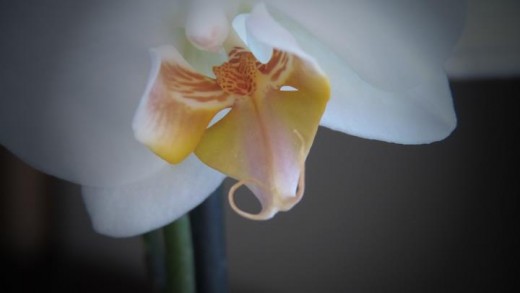
Summary of My Panasonic DMC Lumix FZ200
The FZ200 is not considered a professional camera. However in my research, I read a few professional photographers have this camera as backup to capture something fast. That was an endorsement I liked.
The FZ200 is a bridge camera. The lens is built into the camera body and cannot be removed. The lens has the capability to zoom into distant objects as well as focus on items close up. It does have the capacity to mount light weight filters and lens to the end of the zoom. I bought an extra close-up lens and a polarizing filter, both of which mount easily to the camera.
For the money and for my purposes, I am more than satisfied that this camera does a great job - just point and shoot with enough features to customize the settings under certain conditions. That and I can get more fancy and customize settings with the vast array of menus the camera comes with.
There are more than enough options to play around with to please someone like me. I want a nice picture that has good color reproduction clear and sharp enough for my tastes. I will learn special effects as I decide I want to learn something new. In other words, I can learn some fancier settings in the future. In the meantime, I am shooting the pictures I want to capture.
See my picture gallery to get an idea of scope...more to follow as my time permits.
My Rating of Panasonic DMC Lumix FZ200
What is in the box?
The camera came with:
- a battery (lithium)
- a wall charger
- a cord to attach the camera to a computer
- a lens hood
- a camera strap
- a lens cap with cord that attaches to the camera
Extra purchases:
I also bought an extra battery at the same time with it's own car charger. These were not included.
At a later date I bought a 52mm Panasonic close-up lens and a 52mm Vivitar wide angle lens. Note there are expensive versions made specifically for this camera but the Vivitar is to widen the field of view to include a group of people in the viewfinder...which I have not tested fully at this time.
Finding the right camera
First I created my wish list:
Though I still own a well-loved "point and shoot" camera that has provided me with years of fun and hundreds of wonderful photographs, eventually, I wanted one of the newer cameras on the market.
I longed to add more functionality to my photographs; birds high in the nearby treetops as well as close-up details of objects such as the patterns of lichen. My much loved camera was just not up to these tasks.
I began my lengthy research for a possible upgrade with a wish list of wanted features:
- good zoom and macro photos capability
- good exposure in different lighting situations
- accurate color reproduction
- no extra lenses to tote around
- convenient and fairly easy to use to use
I am an artist rather than a photographer. I wanted the shot I was looking for, without having to learn a ton of photography techniques.Not into that.
Each photographer has specific needs for what they want to photograph, I was able to find just the right camera for myself with quite a bit of thought and research. I am happy with my eventual choice.
What I learned researching
Make no bones about it, a camera is an investment. A new camera was going to cost a bit more than my beloved point and shoot. I did not wish to spend my hard earned cash foolishly on bells and whistles I would never use.
I set about researching the amazing plethora of cameras out there. First and foremost I set a target budget. The task at hand was not easy. However, I did not rush the project. This camera would have to last for a long time.
I began with reviews. Lots of them. I paid attention to specifics.What did people like? What did they hate? I also poured over sample images people had submitted to check if what people were capturing was anything near to what I wanted. I learned price ranges and sale prices of various cameras. I went on forums featuring cameras that looked promising to look for complaints and more images. I read reviews and manufacturer's specifications. There were many contradictions. I learned to look at the big picture because we all have different tastes, knowledge, technical ability and patience levels to fiddle with a shot.
I noticed some negative reviews could just be people who did not know how to use their cameras but a preponderance of similar negative reviews probably revealed a weakness of a particular camera. I took note of those that got good reviews on certain aspects of photography.
Friends who were camera buffs were really of no help because... of course they loved "their" choices.However, I wasn't interested in catching shots of sunsets and birds at my feeders. I was on my own. I had to come up with the best camera for "my purposes".
Of all the reviews, one particular one stood out. While reading comments in a forum, I chanced upon an owner of a camera store in the Middle East. He had access to a variety of cameras to compare. He was passing on his opinions as a camera owner of more than a few brands. I thank that man who will remain nameless, since I no longer have that link. He gave me an important clue in my search. He listed his all time favorite of all the cameras he had used personally: a Panasonic Lumix FZ100. He listed other cameras but this was his favorite camera.
I noted his other choices carefully. This owner knew cameras and he had personally compared them for his own use. I used those choices to refine my own comparisons of reviews and specifications on merchant sites. I was narrowing my possible choices.
A bridge camera became my choice...but which one?
I wanted a bridge camera. This type of camera has the capability to zoom quite far without changing lens. It also focuses in closer than a point and shoot. The attached lens is not removable. I liked that. Light weight lens and filters can be purchased to add to the zoom lens ...provided you get the correct size to fit.
I did not really want a telephoto zoom of distant objects. i was willing to compromise for the best photograph possible in as many situations as possible. I began to focus on one brand.
When i read reviews of professional photographers using the Panasonic Lumix models for quick shots on location, I decided to research the Panasonic FZ100 exclusively.
Blue and white moonshot
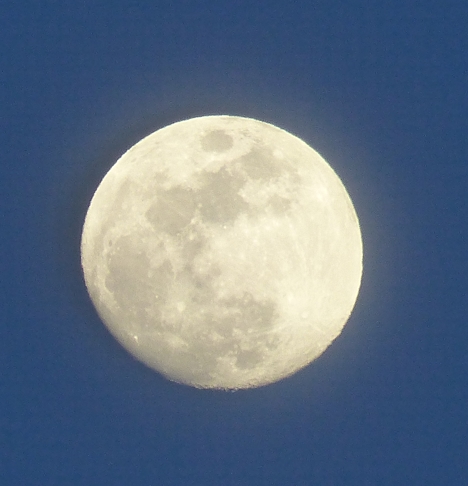
FZ100, FZ200 or FZ300?
The Lumix FZ100 cameras were in my price range...so I decided to check out what was available.
When I researched the FZ100 I realized there were two newer models. Being practical I figured the FZ200 was cheaper because a new model was out. The Z200 was available and likely to have sale prices. Patience and due diligence was required. It also seemed to check all the boxes from my wish list. Did I need the latest iteration? Not really.
My conclusion was that the FZ200 was a good value for me and it had been out long enough for many tutorials to have made their way to You Tube. I downloaded a manual and watched You Tube tutorials. Satisfied I kept watching tutorials and kept my eyes open for a deal.
I was ready when a sale presented itself in my inbox email. I had subscribed for flyers from merchants selling cameras. I knew the going price of the camera and this particular sale was one hundred dollars less of the going price at the time. Sold.
Eye of Black-eyed Susan
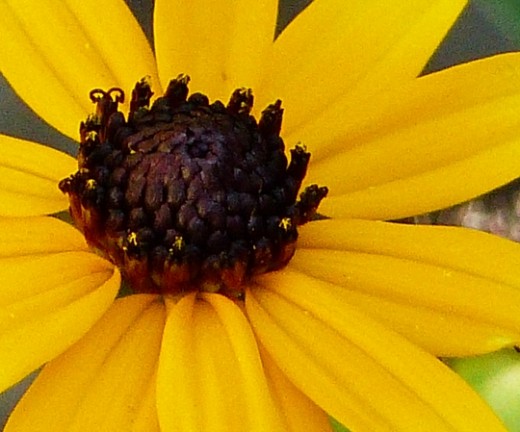
What I like
- Wonderful focusing ability
- Battery life is good for photos (have not checked for videos)
- Nice closeup views of objects
- Enough of a zoom for good shots from a distance
- Ability to add a light lens or filter to the zoom lens
- A back screen that can be articulated into various positions
- Viewfinder to look through in bright sunlight
- Quick transfer of files to computer
- Feels comfortable to hold
- Ability to take burst of photos to catch an action
- More features I have yet to discover
This Panasonic Lumix FZ200 camera felt great in my hand. It has an automatic mode that is, well, automatic, and does an admirable job with no effort at all. I used that feature for the first pictures. I recommend watching You Tube for getting started. I did not use the manuals but rather used settings described on videos out there. Graham Houghton has the best videos. He is my new photo guru. Thanks Graham.
The You Tube videos helped hasten the learning curve. I have enjoyed success with this camera from the get go. There are a ton of menus to navigate, it could have been daunting, but as I said...You Tube videos help. I was up and running immediately...after I charged up the battery first!
I have even bought a few inexpensive add on lens on sale (yes I did say you can add light-weight lens to this camera). Those have added to the capability of the camera.
An added benefit is this camera has allowed me to learn some techie stuff along the way (chuckle). When I captured a photo of the full moon hand held...I was impressed. That is one of the things this camera does well...you can adjust settings for a specific situation such as a moon shot. Ordinarily though, you keep certain settings for pictures you take in the normal course of taking photos.
What I don't like?
At the moment, it might be the various layers of menus.
In time, I will adjust and probably enjoy this aspect as I learn to use all the functions and settings of the camera.
In the meantime, I will learn to access the menus I use more than others. However, that said even this dislike is actually a like because in time I will marvel at all this camera is capable of.
Every time I take out the FZ200 from the camera bag, I have a few seconds of awe that I can capture the delicate interior of an Orchid as well as a pretty awesome moonshot with one camera. I sense another beloved camera has arrived.
Winter Robin

Geese practicing formation flying...quick photo
